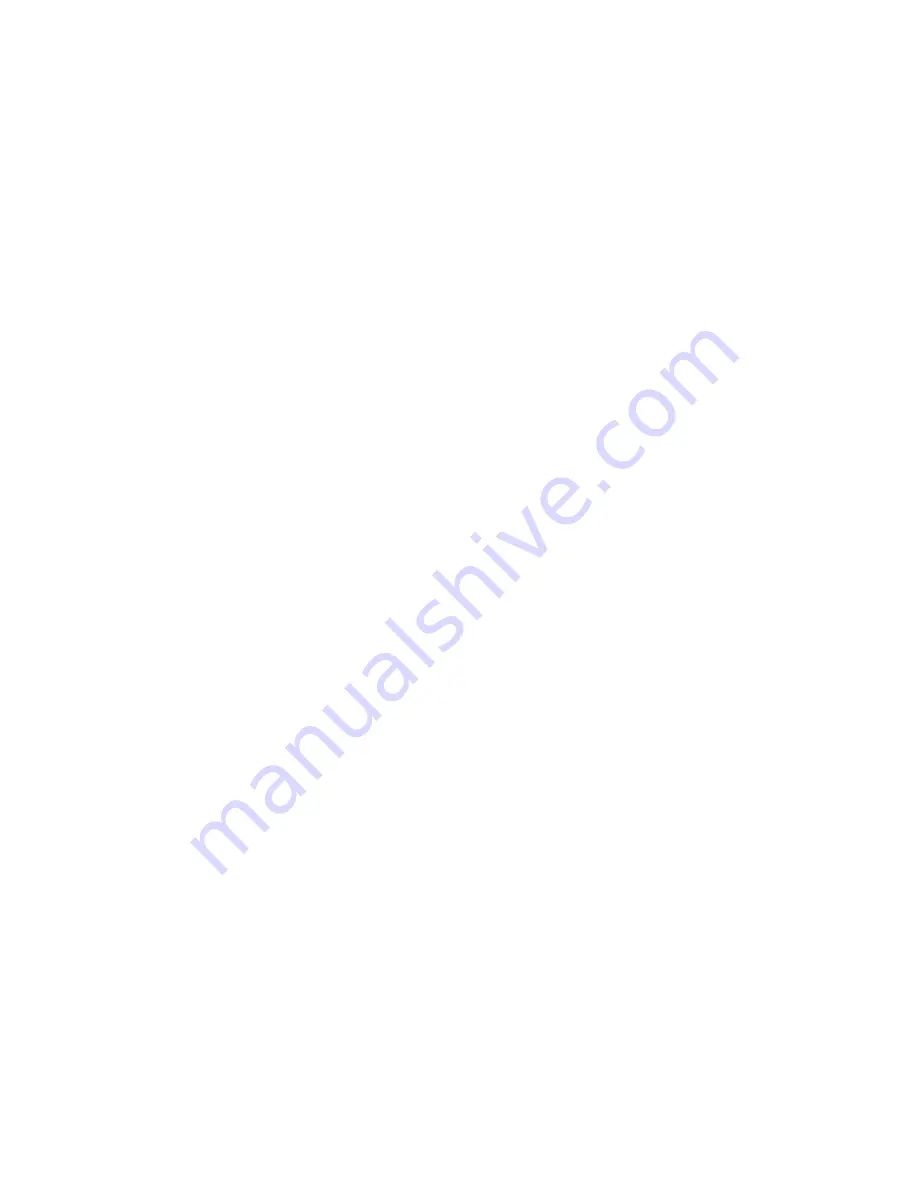
Advanced Features and Troubleshooting Manual
55
Troubleshooting Phaser 860 Printers
Preventing media jams
Use the following guidelines to prevent media jams inside the printer.
■
Make sure the printer is on a flat, level surface.
■
Don't add media above the tray's fill line.
■
Media:
■
Use only the recommended media. Refer to the
Phaser 860 Color Printer User
Guide
or print the
Paper Tips Page
from the printer’s front panel.
■
For transparencies, only use Phaser 860 transparency film, which has been
specially formulated for use in this printer.
■
Use clean, undamaged paper. Keep paper and other supplies clean and free from
dust. Paper that has been sitting out of its sealed wrapper can become distorted,
causing paper jams. Keep paper sealed until you are ready to use it for printing.
■
Do not use paper that has been creased or wrinkled.
■
If paper is still jamming, flip the paper over in the paper tray
■
Do not print on sheets of labels that are missing labels.
■
Use only Phaser 860 printer Color Printing Labels or Xerox Phaser Premium
Business Cards.
■
Do not use perforated paper, or odd-sized paper.
■
For three-holed paper, make sure margins are adjusted to avoid printing over the
holes.
■
When using the manual-feed slot:
■
Always use two hands to load the media so that it enters evenly.
■
Wait until a front panel message prompts you before feeding the first sheet of
paper, first transparency, or first envelope. When printing multiple pages, wait
until the front panel message prompts you before adding the next sheet of media.
■
Clean the printer’s rollers if they are visibly dirty. Refer to the
Phaser 860 Color
Printer User Guide
for more information about cleaning the rollers.
■
In high-humidity conditions, or when using speciality papers that can be printed on
both sides: Remove the paper from the paper tray, turn over the stack of paper, and
reinsert the paper into the tray.
After you clear a media jam, the printer sometimes outputs a second, usually partial print
to remove any image that may remain on the print drum; then the printer prints your
original image.
If you have more than one tray, the lower tray is usually the tray that the printer uses in
self cleaning. You can change the default tray to use for self cleaning; refer to page 35 for
more information.




























